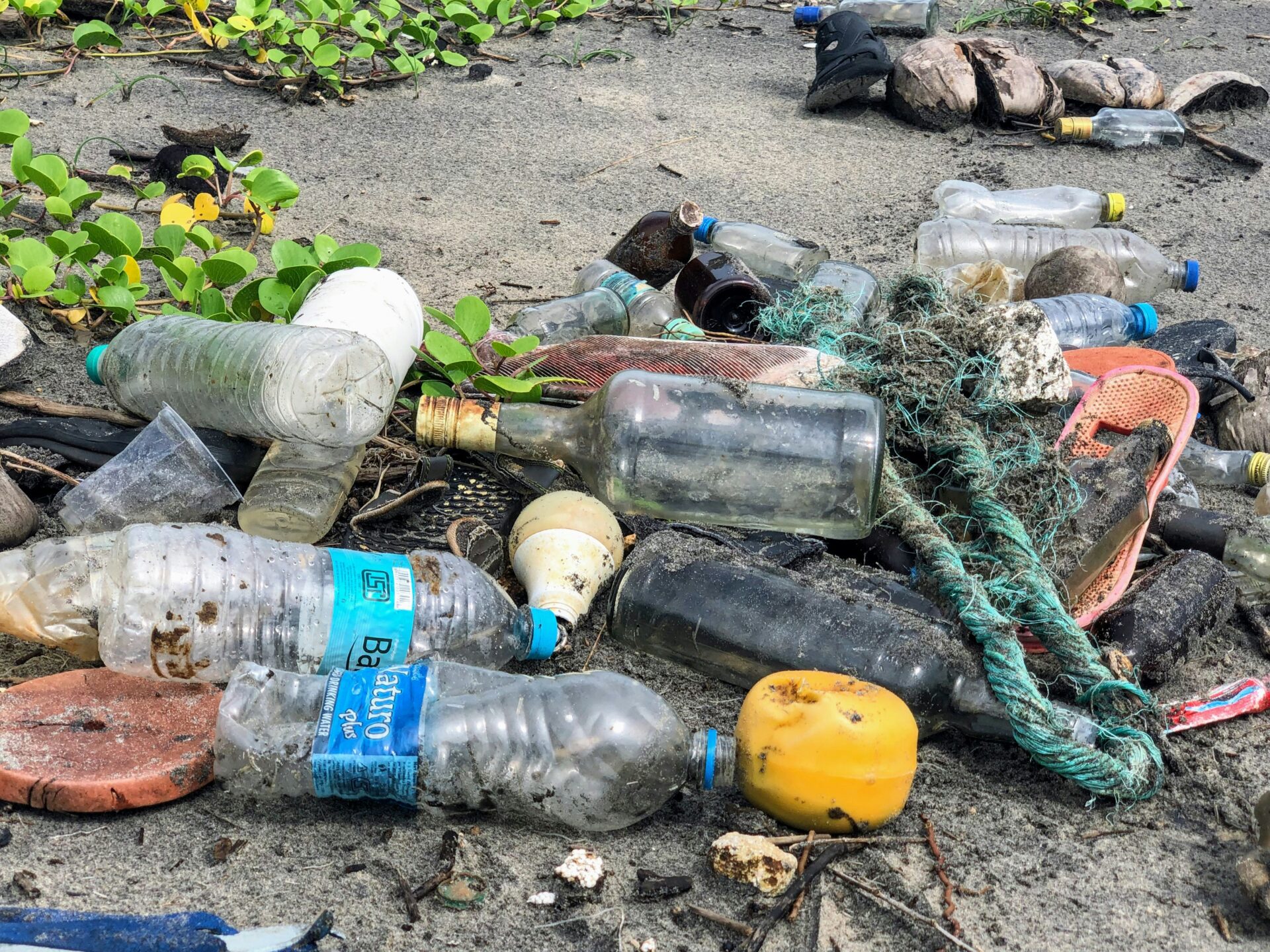By Agustin Gisinger
When you see trash on the ground and do nothing, you’re not just ignoring a mess; you’re letting your behavior hurt the planet. This also reflects a social phenomenon:, the bystander effect. This ill documented social behavior defines how people are less inclined to intervene in an emergency when others are around. This phenomenon extends beyond isolated occurrences to bigger, systemic challenges like climate change, where the stakes are high and current crises are frequently overlooked. The bystander effect can explain some of our collective reluctance to confront environmental damage as soon as possible. The key concerns remain: Who is responsible for acting, and how can someone go from passivity to responsibility?
Climate change is an emergency, but one that takes on a different form than others such as house fires or medical problems. Its ramifications will spread over decades, touching billions of lives, but the protracted timeline makes it difficult for many to understand the urgency. The effects of climate change, examples like extreme floods and droughts in different parts of the world frequently result in emotions of powerlessness, leading to the notion that someone else will take charge. One may fail to act decisively because of the belief that one’s efforts are too small in the grand picture of climate change, which can appear too big for any single person to handle.
The grim reality of climate change is that eventually, humans will be unable to reverse the damage. The repercussions of human inactivity are already visible; more severe weather events, loss of biodiversity and rising sea levels that threaten to displace people are among many of the most pressing effects.
Climate change may be approaching a tipping point, necessitating a form of collective monitoring. Community-led initiatives, such as local climate action groups that track carbon emissions and promote sustainable practices serve as examples of collective monitoring. When observing the world deteriorating, it can be easy to feel overwhelmed at the sheer size of it all. However, this mindset only reinforces inaction. Instead, collective monitoring empowers communities to take steps toward change, demonstrating that individual actions, when combined, can lead to progress.
Rainforest Partnership , an organization that works in conserving the rainforest based on community engagement, governance and global collaboration has said, “Individual actions, when adopted by an ever-growing number of people, can truly make a difference when it comes to mitigating the worst effects of climate change.”
Organizations like RP demonstrate that when individuals come together to track emissions and promote sustainable practices, they can create change. This collective effort not only fosters a sense of shared responsibility but also amplifies the impact of individual actions.
To combat the bystander effect, one can begin to convert their awareness into actionable steps. Consider something easy, like picking up litter. This tiny gesture exemplifies how human responsibility can result in greater environmental advantages. When people make it a habit to clean up their surroundings, they not only improve their immediate environment, but they also set a social example for others. This indicates that even little individual actions can have a huge impact on collective behavior.
An article by Guanglin and Yun Bai cited research on the effects of this behavior on the personal and social norms of urban residents. Their conclusion from the data said, “To promote this willingness and generate more environmental protection actions, we should start with personal norms. Strengthening urban residents’ sense of responsibility can lead to a deeper understanding of the importance of environmental protection behaviors, encouraging them to practice these in their daily lives.”
By instilling a sense of responsibility in young people and encouraging them to take small actions, we may gradually build a culture in which environmental protection is a shared value. This foundation will empower young people to become role models, illustrating how individual actions can encourage greater community involvement in environmental conservation.
Cole Baker, a CU student and member of the Chi Psi fraternity, cites the fence that goes around the perimeter of the Chi Psi house as a protective measure against both trash from the house polluting the street as well as outside litter from getting in.
“We have to deal with the responsibility of other unruly citizens who are throwing trash everywhere,” he said. “So, it may reflect poorly on the people who live on the street, but it’s a reflection of the greater community and the people who walk past us every day. So, we try to take care of our environment; we put up the fence intentionally to try and ward off trash that comes in and that’s sort of our effort to try and make sure we leave the street cleaner than it is. We’re not in the game of making it someone else’s problem.”
The question of whether humans must be spectators to trash returns us to the heart of the bystander effect: responsibility dispersal. The belief that “someone else will take care of it” encourages widespread negligence. Social norms and incentives play an important part in this process. Without strong cultural expectations or obvious rewards, many people feel less obligated to perform. Littering becomes a widespread issue that everyone acknowledges but few address.
One of the most significant challenges to addressing climate change is the lack of organization in who oversees its administration. Unlike littering, which can result in fines, climate change acts are not consistently regulated, and individual contributions may appear negligible. People are less motivated to act when there are no immediate, tangible rewards or consequences, which perpetuates a sense of helplessness. This lack of institutional incentives exacerbates the bystander effect on a larger scale.
Fines for littering may discourage people from contributing to the problem, but they are typically insufficient to act as a significant deterrent. The same is true for climate change; the consequences of inactivity are mostly indirect and have no immediate impact. In the absence of strong repercussions, people may feel less compelled to change their behavior.
When confronted with a problem as large and complex as climate change, people frequently delegate responsibility to governments, corporations or other institutions, resulting in a collective failure to address the issue successfully. This shift in perspective emphasizes the need for action to start from the ground up. Grassroots movements and individual initiatives are essential for driving change, as they can create momentum that influences larger entities.
This inclination to pass the buck emphasizes the critical need for an adjustment in thought and conduct. Interestingly, it could be argued that many of these bigger organizations also fall victim to the bystander effect, assuming other entities will step in to address the crisis. This mindset can lead to more inaction, as each organization waits for someone else to take the lead. By breaking the cycle of inaction, both individuals and organizations can work together to create a more sustainable future.
“While I can pick up a bunch of pizza boxes, I can’t go tell people to carpool to work,” said Ethan, a student at CU Boulder. “I don’t have the authority. The government doesn’t have that authority either.”
This draws attention to a major obstacle to collective action: the belief that one’s capacity to effect change is limited. To overcome the bystander effect, people need to first recognize or have awareness of challenges that require collective effort. When individuals repeatedly avoid responsibility, humans become passive bystanders in their own communities.
Each tiny activity, whether picking up garbage, lowering carbon footprints or campaigning for policy changes, adds to a greater solution. Understanding the links between littering and climate change allows us to transition away from passive observation of the issues around us.
Climate change demands a social response that moves beyond individual inaction and promotes active participation. Communities can attempt to create a responsible culture by identifying the bystander effect and underscoring its ramifications. For example, laws that require organizations to report their carbon footprints can create accountability. Transparency in environmental impact can compel both individuals and corporations to act rather than wait for others to do so. All actions count, and collectively, these efforts can result in change.

